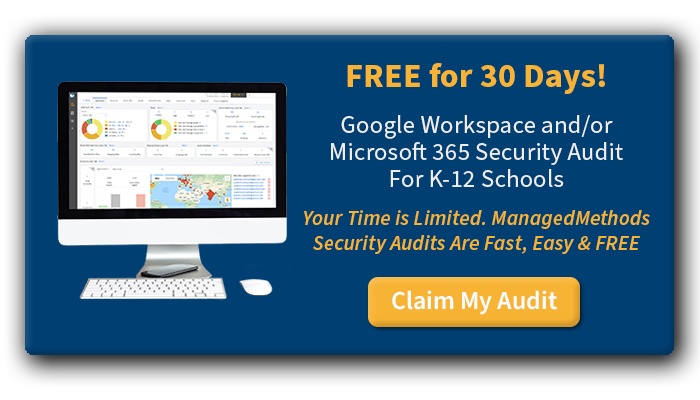This article was originally published in SmartBrief on 7/24/24 by David Waugh, CRO at ManagedMethods.
YouTube can be a valuable teaching and learning tool, but content risks can be a problem in the K-12 environment. David Waugh of ManagedMethods explains ways to control YouTube access instead of blocking it.
YouTube is a superb learning resource for just about any topic, but that doesn’t mean it’s completely safe for schools to use freely. There is plenty of disinformation out there from unregulated ads and suggested videos that are not suitable for young people. After all, YouTube is designed to benefit its advertisers and collaborators. While they have policies in place, privacy is not necessarily the priority.
In recent years, they have faced a lot of backlash due to issues in this area. For example, last year, YouTube was accused of collecting viewing data for children 13 years and under, which is a breach of UK data privacy regulations. In the US, in 2019, YouTube was fined $170 million by the FTC for collecting personal information from minors under the age of 13.
While YouTube claims to be working to fix these issues, educators need to be prepared to deal with issues of data privacy and inappropriate content that frequently pops up on YouTube as a result of user-generated content. Furthermore, given the rapid advancements in AI in recent years, schools need to determine how they will deal with disinformation that can be easily spread through AI-generated content.
Before diving into how to avoid YouTube’s pitfalls, let’s examine why teachers choose the video format as a method for teaching.

